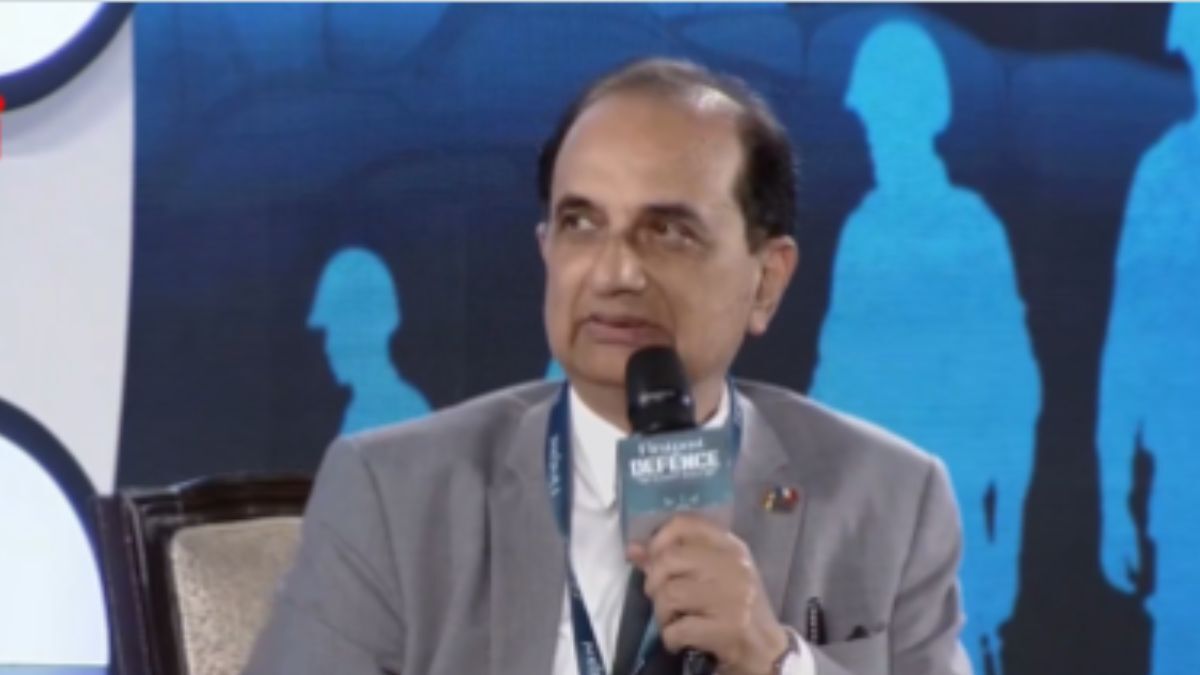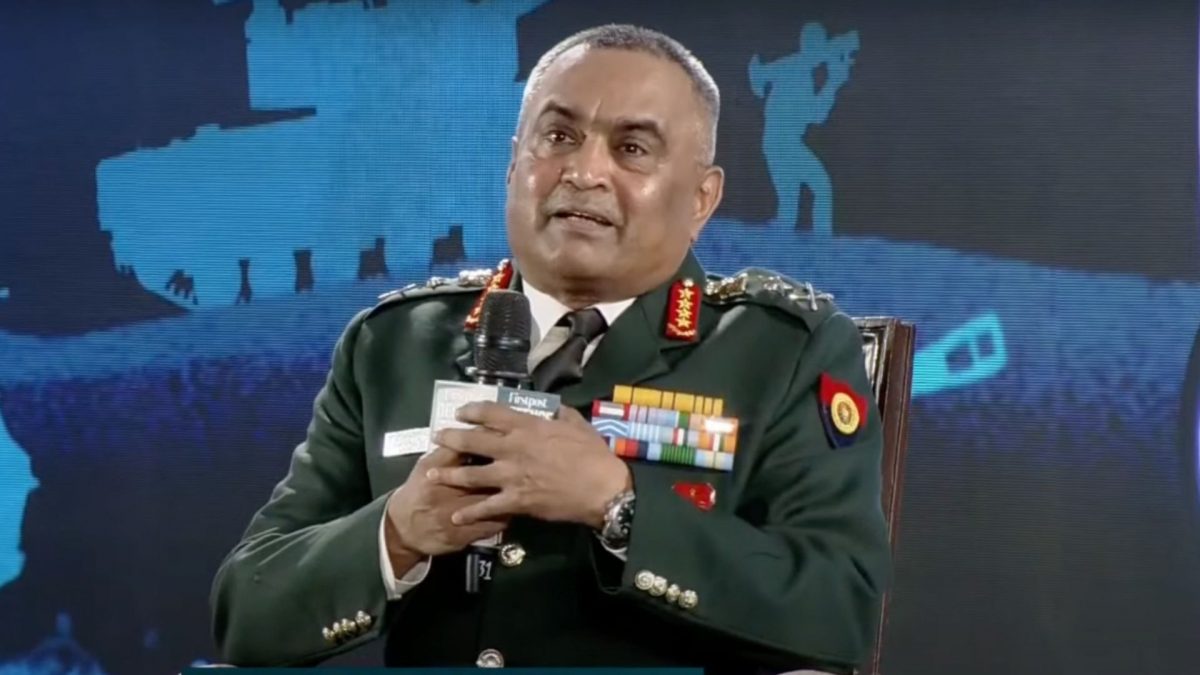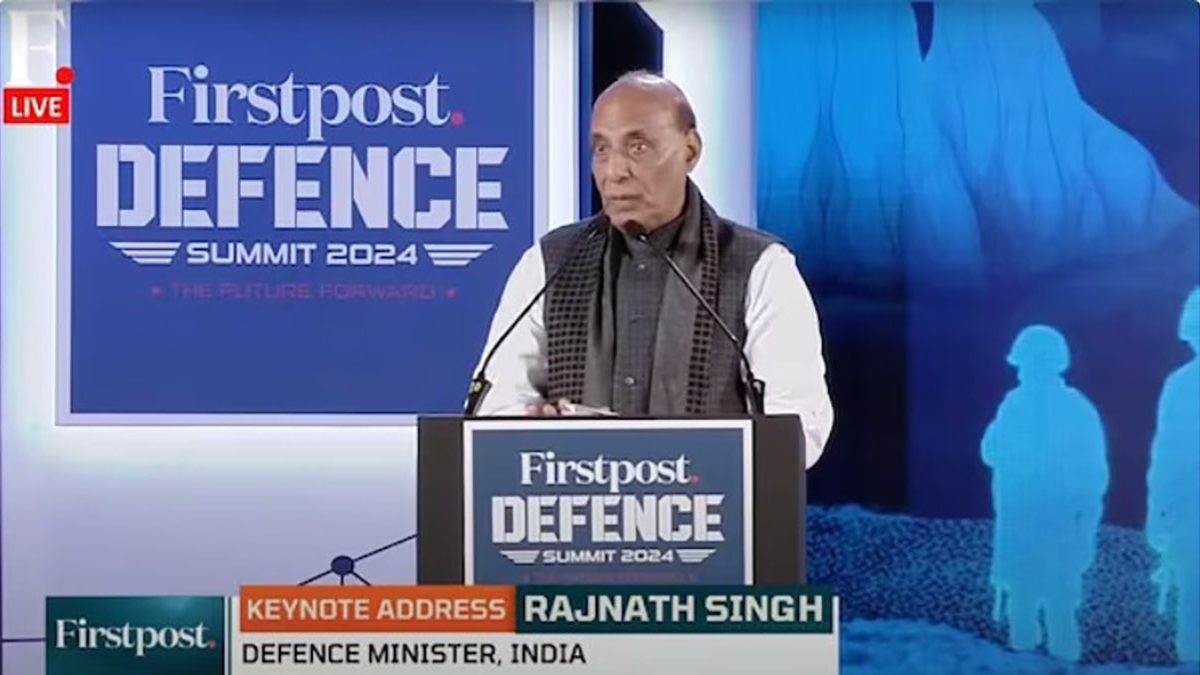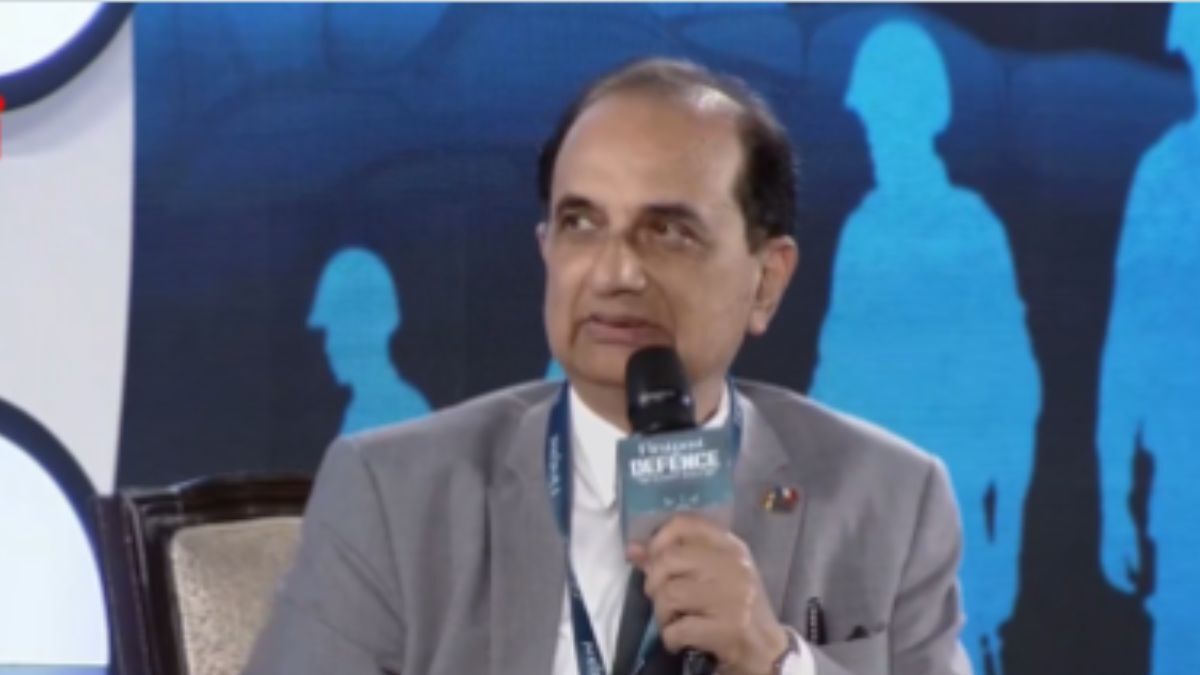Among the various events commemorating World War I (1914-18) on the occasion of its centenary are screenings of a remarkable documentary film. Farewell My Indian Soldier, made by Vijay Singh and doing the rounds, investigates a little known fact of history —the presence of 140,000 Indians defending France against Germany, about 10,000 of who lost their lives at Ypres and Neuve Chapelle. Documentaries about large events of the past normally use a format beginning broadly — like the socio-political causes of war — but Vijay Singh goes about it differently, to focus more on a personal journey. I caught the film at the Alliance Francaise at Bengaluru, where it made a big emotional impact on a packed audience. If the film — running to a little more than an hour — is predictably humanistic in its approach, it is hardly possible to raise more complex issues in a work of this length. Still, it leads to our asking more questions about the military, nationhood and historical memory which merit deeper answers, especially given the surplus of war patriotism in the public space.
Farewell My Indian Soldier tells the story of Monique, a girl in France who discovers accidentally that her great-great grandfather was an Indian soldier stationed in France during World War I and about whom nothing could be known. On Monique’s questioning her grandmother reveals that when she became pregnant it was found that her blood group was not French, but apparently associated with a foreign race. This led Monique’s grandmother to the knowledge that her father had been born to her grandmother out of wedlock after a relationship with an Indian soldier billeted in their barn, when he was on furlough. The birth of Monique’s half-Indian great-grandfather caused a scandal locally and the boy grew up never fully accepted by the villagers as a Frenchman and one of their own.
Vijay Singh uses Monique’s personal journey to unearth her ancestry to investigate the involvement of Indian soldiers in WWI. Among his discoveries are the following facts: the Indian Army was the largest standing army available to the British and when war casualties became increasingly difficult to bear, several battalions of Indian soldiers heading for Egypt were diverted abruptly to France as reinforcements. They had never fought in such conditions before and were ill-equipped for war in the colder climates. Yet, they accredited themselves heroically in battle and twelve of them were awarded the Victoria Cross, the highest British recognition for valour. From this, the film moves on to personal stories: about the racial discrimination faced by the Indians, British-Indian friendships, the letters sent home by the soldiers and the legends in India around those like Gabar Singh Negi (from Chamba, Himachal) who are icons in their respective hometowns, and whose acts of valour are still revered.
The first question that Farewell My Indian Soldier leads one to ask is why Indian involvement in WWI is not being widely commemorated across India today — when the Australians and New Zealanders are celebrating the ANZAC. The answer we get is the most obvious one but not one that we may wish to confront — that the Indian nation cannot commemorate a military engagement by the army before India as a nation came into being. The Indian army, in other words, is a much older institution than the independent nation and served causes the future nation could have no interest in. Aakar Patel recently launched a diatribe against the Indian army calling its soldiers ‘mercenaries’ who were accorded ‘nationalist’ status after 1947 and one sees where such a view comes from. It presumes (rather carelessly) that a soldier’s primary function is as an agent of nationalism. My point here is that soldiers are, ideally, professionals meant to win battles and not vehicles for patriotic sentiment; a comparison of the achievements of the INA (who were patriotic volunteers) under the Japanese with those of the British Indian army (an army of professional soldiers) hardly favours the former. The courageous doings of the Indian army in WWI therefore merits pride from us — as ethnic Indians if not as Indian nationals.
The recognition of soldiers as professionals rather than patriots leads us into another enquiry: what are the classes and categories constituting the Indian army as fighting men? One recognises primarily that every Indian cannot be deemed fit for military duty and a soldier must preferably come from martial stock of some kind. In the Emperor Akbar’s army, a classic history of the Moghul period tells us, each fighting man had at least two or three personal servants. What this implies is that most citizens are not fit to be soldiers and this is regardless of the patriotic fervour which might reside in him/her. In Vijay Singh’s film soldiers are both Hindus and Muslims but one notices a preponderance of martial types like Sikhs, Gurkhas and Rajputs; Negi was himself a Rajput. Farewell My Indian Soldier later invokes Jallianwala Bagh (1919) and laments that many former soldiers who had fought for Britain on the battlefields of France could have been among the victims there. But the soldiers under General Dyer were largely Indian and we cannot lose sight of the possibility of WWI veterans being on the British side, either. Not questioning the cause one is fighting for is a moral requisite for a professional soldier.
Another aspect that Farewell My Indian Soldier gives attention to is the correspondence left behind by soldiers writing home from France. Much of this is touching — their sense of wonder at the levels of social equality they see, the education given to women and so on; France is after all the seat of ‘Liberty, Equality and Fraternity’. But one thing that struck me personally — partly because of my interest in narration in Indian cinema — is the paucity of what may be termed ‘cold observation’.
To elaborate, let us consider the experience of a soldier receiving kindness and care from a French family, which was perhaps how the story of Monique’s great-grandfather began. Rather than describe the people in the family and how they respond to him individually, it would seem that what the Indian soldier records is the ‘extraordinary kindness of the villagers’. The accounts seem to abound in generalities and truisms: how nice people are, how much equality between the sexes is in evidence, etc. A key participant mentioned by Vijay Singh is a Rajput aristocrat named Amar Singh who was a cavalry officer at the time. Amar Singh regretted that accounts of Indian participation in the war and India valour were not left behind — as were multitudes of British and French accounts. Amar Singh himself bequeathed several volumes of his diaries but the film does not give us a sense of his personal viewpoint; it is as though Amar Singh’s account could only be a generic one about the war. As a parallel, Indian popular films generally contain a plethora of sentiments but little of observational value.
As already suggested, the Indian soldiers, in their correspondence, often display deep appreciation of a more equitable society in France, than the one they belonged to. The French, to them, seemed much less weighed down by the hierarchical considerations that they were subjected to in their homeland. But there is an ironic twist to the film here which the director Vijay Singh seems oblivious of. Monique, as already indicated, is looking desperately for her Indian ancestor and she comes to India to seek him out. The chances of her finding him are less than slim but the person she fervently considers as a candidate is the aristocrat Amar Singh: he was in the locality at around the time her great-grandfather was conceived. Monique scrutinises Amar Singh’s voluminous diaries for a record of a liaison with a French woman but is disappointed at finding none. What I find deeply ironic here is that a French girl from a more equitable society than India’s should seemingly wish for an aristocratic ancestor — when there were tens of thousands of less highly born Indians fighting in France at around the same time, who could equally have been the ancestor she was so ardently seeking out.
MK Raghavendra is a Swarna Kamal winning film scholar and author of The Oxford India Short Introduction to Bollywood (2016)


)




)
)
)
)
)
)
)
)